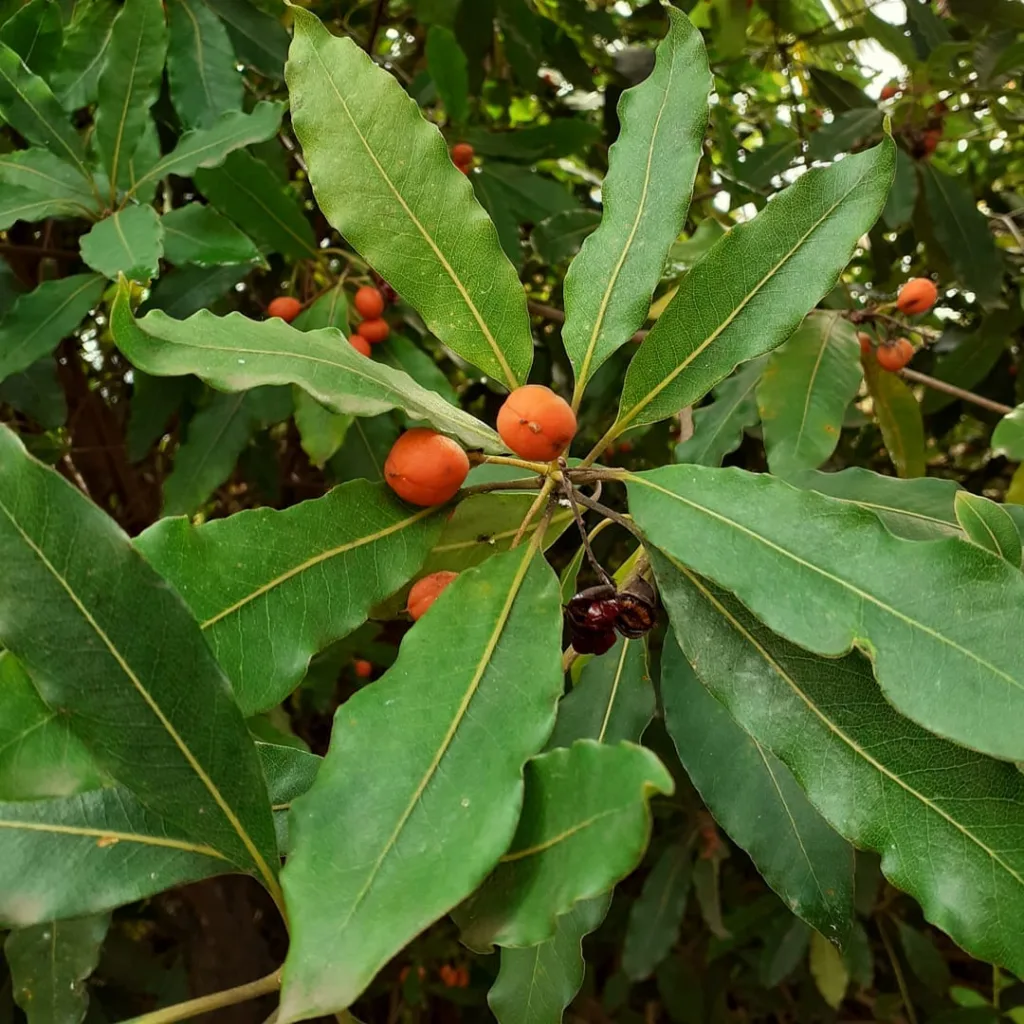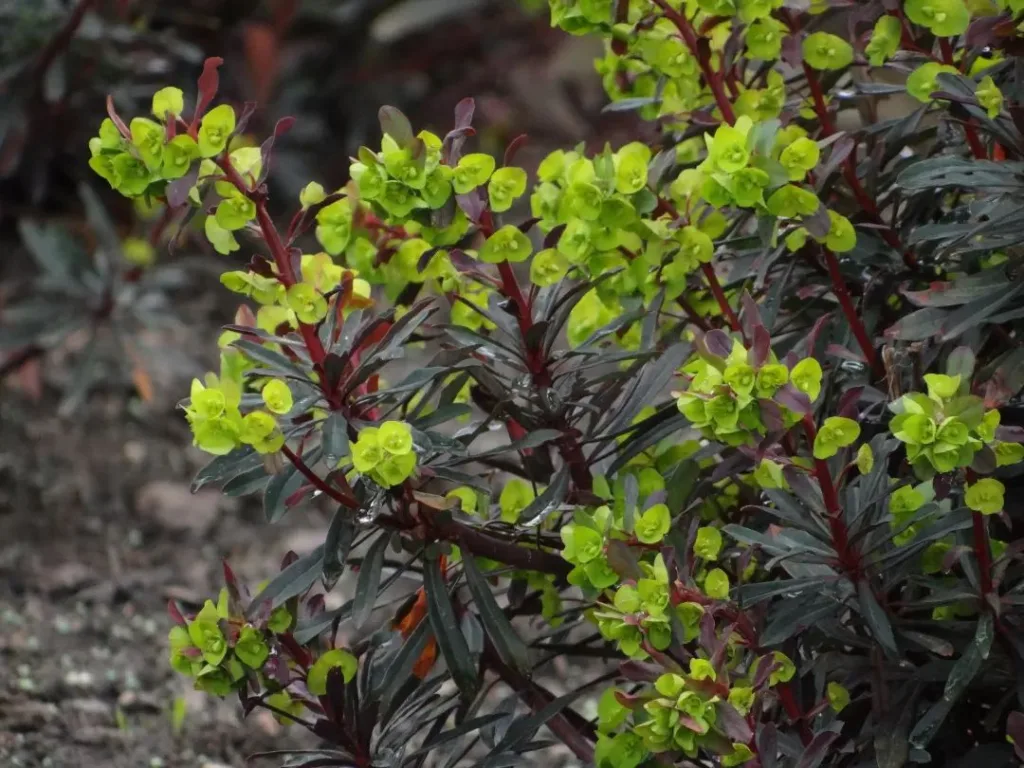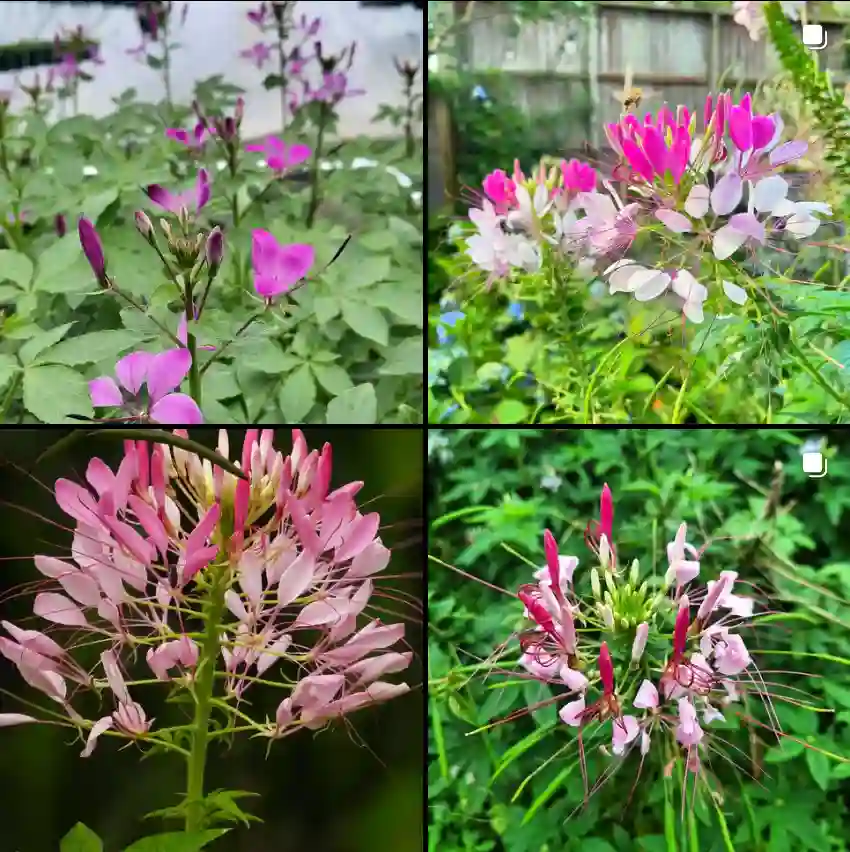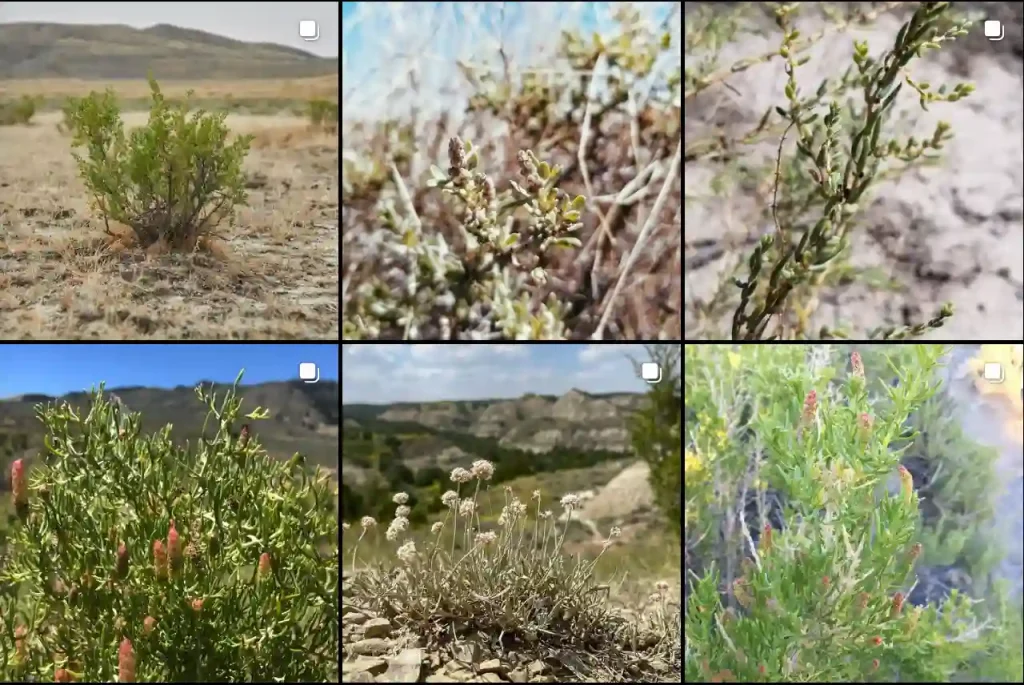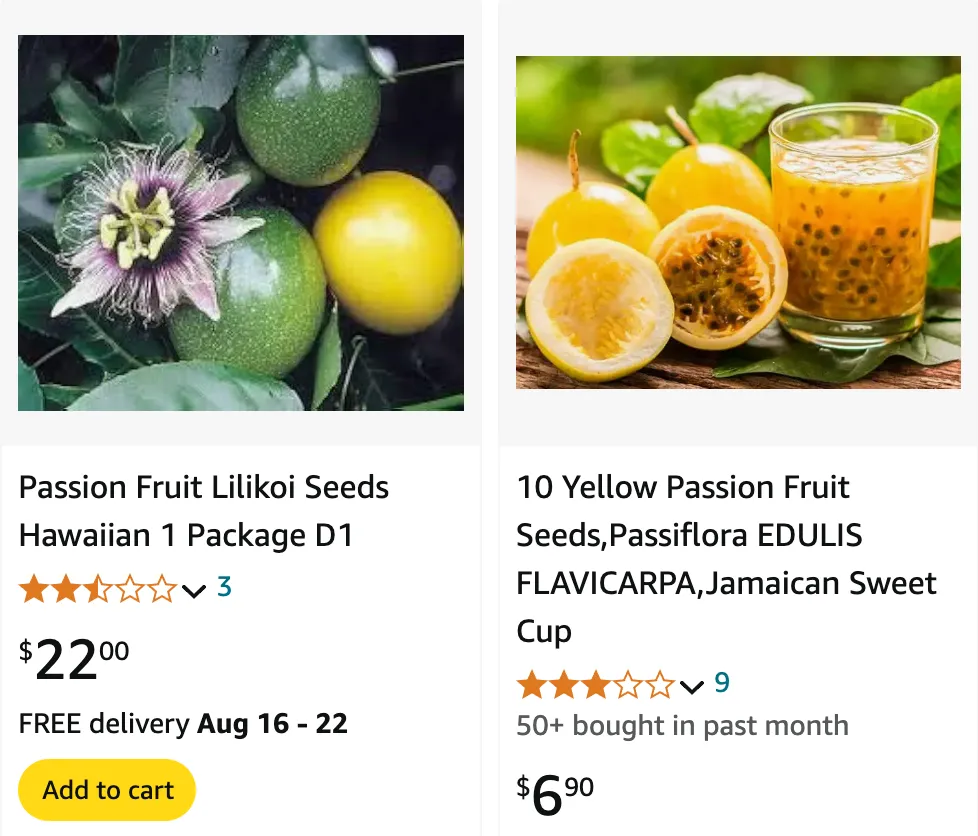
FAQs About the Lilikoi Passion Fruit Plant
As a passionate gardener, I find the Lilikoi Passion Fruit Plant to be one of the most fascinating plants in my collection. Its vibrant fruits, beautiful foliage, and delightful flowers make it a standout in any garden. Over the years, I’ve received numerous questions about growing and caring for Lilikoi Plants, so I decided to compile some of the most frequently asked questions in this article.
What is a Lilikoi Passion Fruit Plant?
The Lilikoi Passion Fruit Plant – Passiflora Edulis Flavicarpa, also known simply as Lilikoi, is a tropical vine native to South America. It’s a member of the Passiflora family, known for its stunning flowers and delicious fruits. The plant produces round or oval-shaped fruits with a tough outer rind and juicy, seed-filled interior. The flavor of Lilikoi is a perfect balance of sweet and tart, making it a popular ingredient in desserts, beverages, and sauces.
How Do I Care for a Lilikoi Plant?
Lilikoi Plant Care is relatively straightforward if you provide the right conditions. These plants thrive in warm, tropical climates and need plenty of sunlight to produce fruit. Here’s how I care for my Lilikoi Plants:
- Sunlight: Lilikoi Plants need full sun, at least 6-8 hours a day. In areas with intense sunlight, some afternoon shade can help prevent the leaves from scorching.
- Soil: Well-draining soil is essential for Lilikoi Plants. I use a rich, organic mix to ensure the roots don’t sit in water, which can lead to root rot.
- Watering: Regular watering is crucial, especially during the growing season. I water my Lilikoi Plants deeply once a week, ensuring the soil is moist but not waterlogged.
- Fertilizing: Lilikoi Plants are heavy feeders. I apply a balanced fertilizer every 4-6 weeks during the growing season to support healthy growth and fruit production.
- Pruning: Pruning helps control the size of the vine and encourages more fruit production. I trim back overgrown or weak stems in early spring before the plant begins its vigorous growth.
How Do I Propagate Lilikoi Plants?
Propagating Lilikoi Plants is a rewarding process that can be done through seeds or cuttings. I’ve had success with both methods, but here’s how you can do it:
- From Seeds: Start by collecting seeds from ripe Lilikoi fruit. Clean them thoroughly and allow them to dry for a few days. Sow the seeds in a well-draining potting mix and keep them warm and moist. Germination can take several weeks, so patience is key.
- From Cuttings: Take a cutting from a healthy, mature Lilikoi vine. Make sure the cutting is about 6-8 inches long and has at least two nodes. Dip the cut end in rooting hormone and plant it in a pot filled with a moist, well-draining mix. Keep the cutting in a warm, humid environment until roots develop.
What Can I Plant With Lilikoi?
Lilikoi Passion Fruit Plants pair well with other tropical plants that share similar growing conditions. In my garden, I like to plant them alongside:
- Banana Plants: Both Lilikoi and banana plants thrive in similar environments, and their complementary growth habits make them great companions.
- Ginger Plants: The lush foliage of ginger plants adds visual interest and helps shade the soil, keeping it cool and moist.
- Hibiscus: The bright flowers of hibiscus contrast beautifully with the intricate blooms of the Lilikoi, creating a stunning visual display.
How Long Does It Take for Lilikoi to Fruit?
One of the most common questions I get is about the time it takes for a Lilikoi Plant to produce fruit. In my experience, if the plant is grown from seed, it can take anywhere from 18 months to 3 years to bear fruit. However, if you start with a healthy cutting, you might see fruit within 12-18 months. The key is providing the plant with optimal care, especially during the flowering and fruiting stages.
What Pests and Diseases Should I Watch Out For?
Like all plants, Lilikoi Plants are susceptible to pests and diseases. Here are a few issues I’ve encountered:
- Aphids: These small, sap-sucking insects can weaken the plant and cause distorted growth. I control them with insecticidal soap or by introducing beneficial insects like ladybugs.
- Root Rot: Overwatering or poorly draining soil can lead to root rot, which can kill the plant. To prevent this, I make sure to plant my Lilikoi in well-draining soil and avoid overwatering.
- Powdery Mildew: This fungal disease appears as a white, powdery substance on the leaves. I treat it with a fungicide and ensure proper air circulation around the plant to prevent recurrence.
How Do I Harvest Lilikoi Fruit?
Harvesting Lilikoi fruit is a simple but satisfying task. I usually wait until the fruit drops from the vine, which indicates it’s fully ripe. The fruit should feel slightly heavy and have a wrinkled skin. If you pick the fruit while it’s still on the vine, make sure it has a bright, even color and a slight give when gently squeezed.
Final Thoughts
The Lilikoi Passion Fruit Plant is a delightful addition to any garden, offering beauty, flavor, and a touch of the tropics. With the right care and attention, these plants can thrive and provide you with an abundance of delicious fruit. I hope this guide helps you on your journey to growing and enjoying Lilikoi Plants as much as I do. Whether you’re new to gardening or a seasoned pro, the rewards of cultivating these vibrant plants are well worth the effort.
If i die, water my plants!
